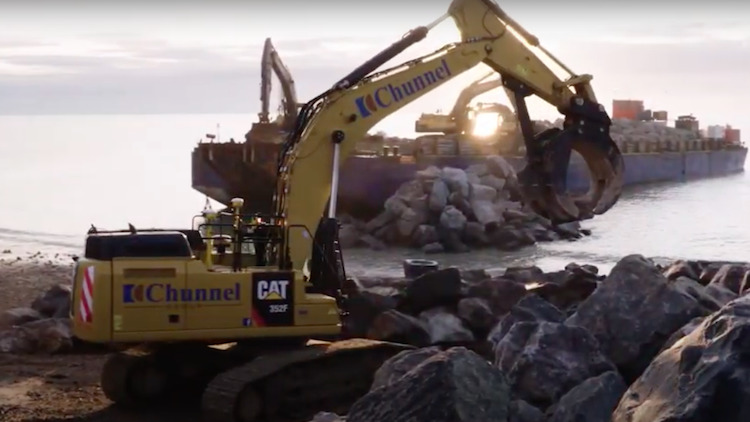
The information management challenge faced by the Environment Agency (EA) is giddying when viewed by the numbers.
It operates through 14 local areas and has a capital works programme of approximately 800 projects managed through six regional hubs supported by 15 consultants and contractors in two collaborative frameworks.
The EA also has a huge legacy portfolio of assets, some of which have aspects that are sensitive. It operates 2,000 sites, is responsible for 8,000km of coastal and main river defences, and manages more than 22,000 structures.
The Centre for the Protection of National Infrastructure has released an 18-page case study detailing the EA’s information management journey from 2011 to 2021.
Here are the lessons the EA has learned to date:
Working group: Create a working group with enterprise-wide membership (spanning operations and capital works) and a brief to specify, manage and assess digital projects and make successful developments business as usual.
Collaborate: Collaborate with like-minded client organisations facing similar challenges and constraints.
Relevance of information: Relate the value of standardised information to the purpose and functions of the organisation to get strategic buy-in and investment support.
Share: Publicly share ideas so that partners and suppliers can understand and contribute to co-development activities.
Long-term thinking: Think long-term: adopt a staged approach that prioritises then tackles key information requirements, systems and processes in a logical sequence.
Timing part 1: Consider the cost and timing of any new or replacement technologies within the organisation, allowing time for implementation and training.
Timing part 2: If possible, time key system developments so they are not interrupted or delayed by major re-procurement processes affecting key supply chain partners.
“With the EA currently managing around 800 capital projects at any one time, automating receipt of project information is critical for timely, accurate, efficient and appropriate sharing of information in future.”
Evolve: Incorporate ongoing compliance with evolving information management requirements into procurement strategies.
Evangelists: Recruit information management evangelists across the organisation and framework partners – it’s not just about technologies, it’s about people and processes too.
Pace: Maintain a sustainable pace of change management.
Align: Ensure new IT systems and technologies align.
Interoperability: Develop data standards to achieve interoperability within the business.
Karen Alford, the EA flood and coastal risk management manager who is part of the team that developed the Agency’s information management platform, said: “With the EA currently managing around 800 capital projects at any one time, automating receipt of project information is critical for timely, accurate, efficient and appropriate sharing of information in future.
“This is not just about exploitation within the Agency: it is about exchanging appropriate information with other organisations including delivery partners, other government departments and agencies, and local authorities. Our asset data is now supporting project delivery and flood modelling activities across the industry.
“An incidental benefit of sharing more information has been a sharp reduction in the number of Freedom of Information requests received by the Environment Agency, and also faster responses to those that we do have.
“Rapidly updated Agency systems that rely on asset data also means quicker updates to flood risk models. And it’s not just about completed assets; we want to share appropriate information about planned and ongoing construction and maintenance work and generally provide taxpayers and other stakeholders with greater transparency about Agency activities.”
Don’t miss out on BIM and digital construction news: sign up to receive the BIMplus newsletter.












